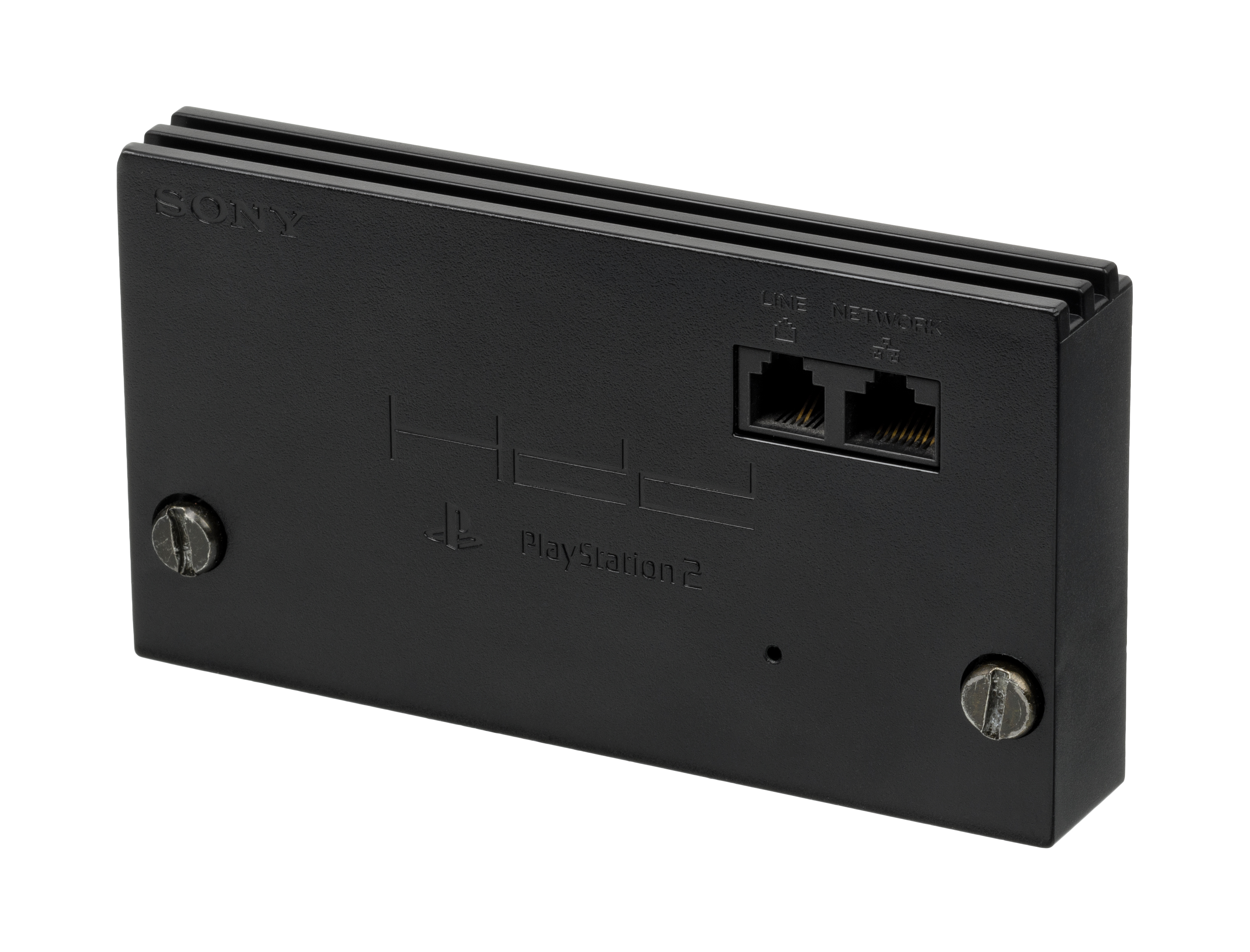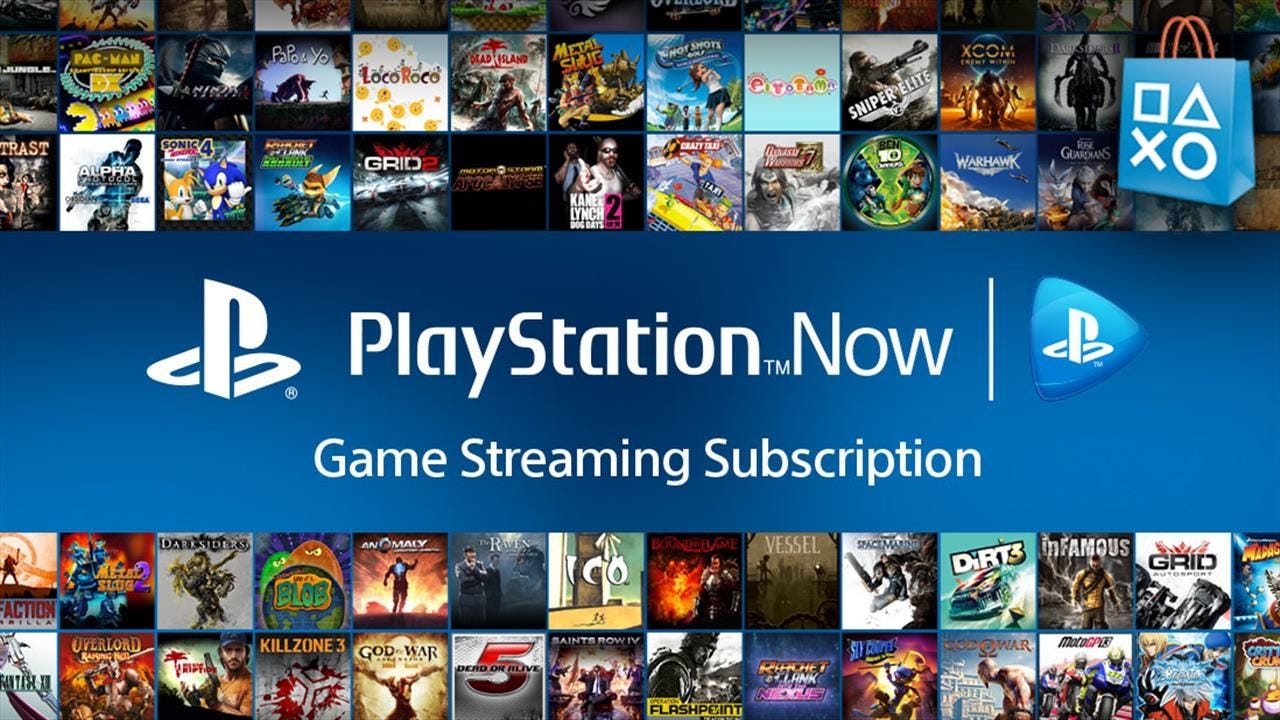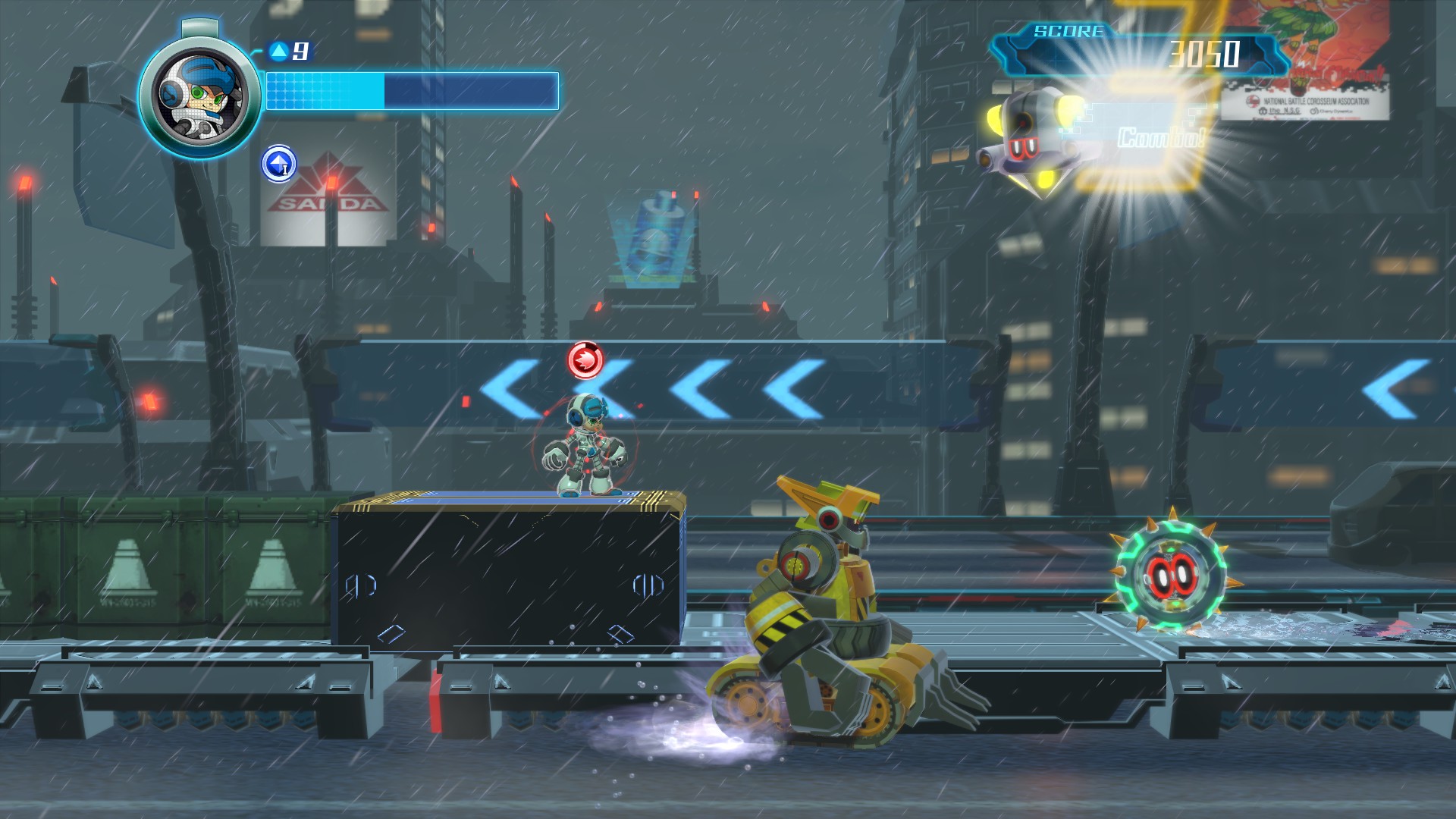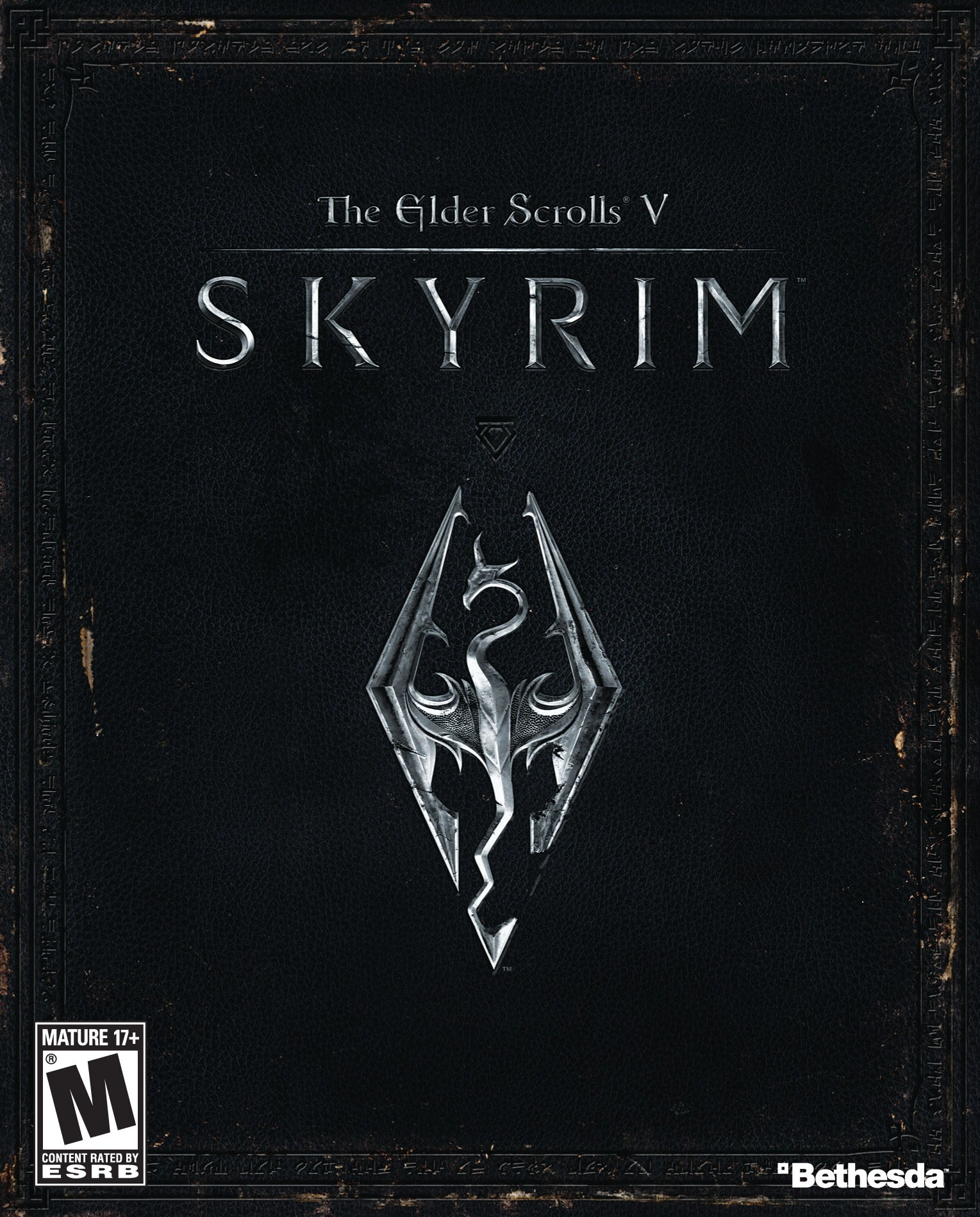
The original release date for the PS2 was 4th March 2000 in Japan, and October-November 2000 worldwide. The release date for the slim edition of the PS2 was October-December 2004.

Unlike now, the PS2 never had built in memory. You had to buy 8MB memory cards to save your games, unlike now where consoles have built in memory. It never received official HDMI support, however there are unofficial adaptors that lets you use HDMI cables. Unlike then, games can be installed into consoles. To play PS2 online, you had to buy a separate network adaptor, which is unlike now where an adaptor isn't required. The Duelshock 2 introduced analogue sticks and rumble to the Duelshocks.


However, unlike now, PS2 had fully working backwards compatibility. The PS3 also had this feature, but Sony ditched the idea with the PS4. It is a feature that the PS4 needs. The PS2 was able to play DVDs and CDs. The PS2 hardware uses the Emotion Engine CPU, which had a performance of 3 million to 16 million polygons per second.

A positive for the PS2 were the wide range of games, both exclusives and non-exclusives. A negative was that the resolution was weaker when compared to Xbox and Gamecube, since they are more powerful.

Some of my favourite games for the PS2 were Shin Megami Tensei Persona 3, Devil May Cry 3, Sonic Heroes, Resident Evil 4, Crash Twinsanity, Pro Skater 3 and Kingdom Hearts 2.
My current gaming console is the PS4.
(As well as Xbox One, but I only use it for backwards compatibility)
The PS4 released in November 2013 in NA and PAL, whilst it released in February 2014 in Japan. The PS4 Pro released in September 2016.

The PS4 is much more capable of doing more than the PS2. For example, its resolution is 1080p, a digital store is available, you can add more to your favourite games, and you can join parties. It uses an Accelerated Processing Unit, combining CPU and GPU. For PS4 Pro, it allows 4K.
You are also able to update games, which will add things, patch glitches and other things.This is available for the console itself.
The PS4 can use wireless controllers, Blu ray discs, built in memory, WiFi and Ethernet connectivity, and VR which is sold separately. As mentioned above, the PS4 does not include backwards compatibility, which is a feature on the PS2/3. It's also possible to stream PS4 to PS Vita, but it only works if you have a good internet connection.

It is possible to play PS2/3 games on PS4, however the PS2 games are heavily limited and digital only, and PS3 requires a subscription.


Positives for the PS4 are all of the new features mentioned above, as well as the wide range of games. A negative for the PS4 are Sony not listening to what the players want and not fixing the console crashes.
Some of my favourite games for the PS4 are Persona 5, Yakuza 0, Borderlands 2, Doom, Danganronpa V3 Killing Harmony, Nier Automata and Uncharted 2&4.

(Legacy)-1.png)


